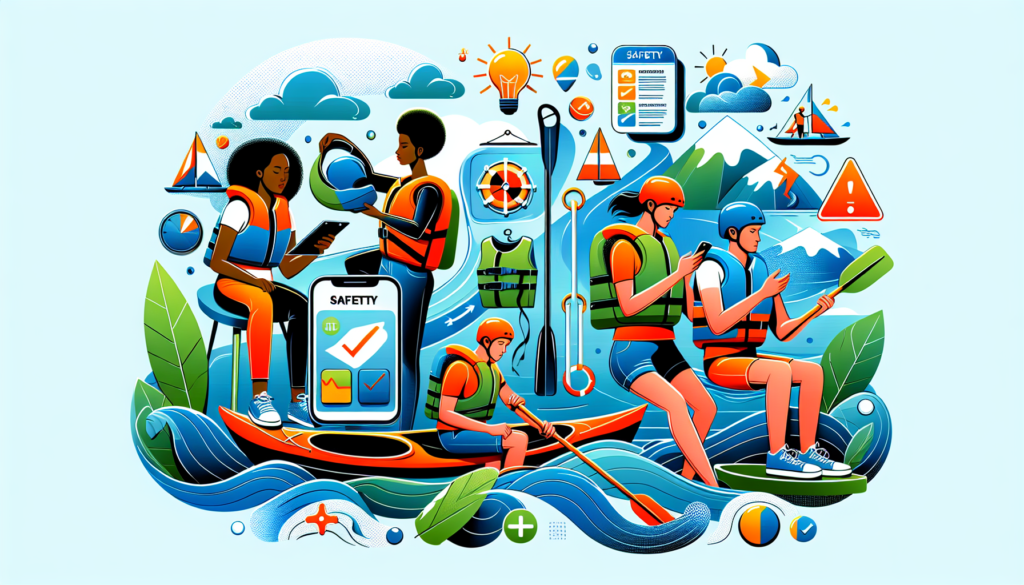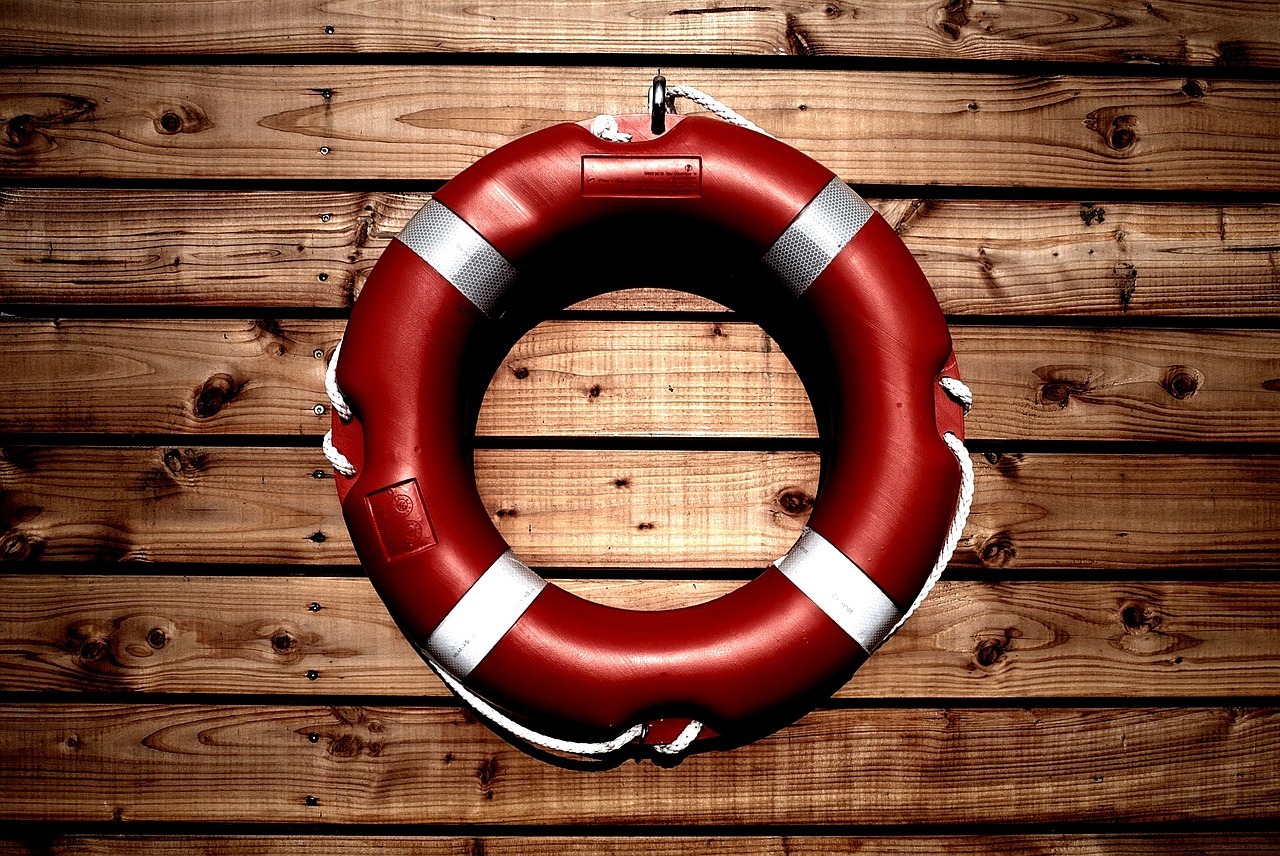
When it comes to enjoying river activities, it is important to prioritize safety above all else. We all want to have a great time on the water, but taking the necessary precautions can make all the difference. In this article, we will explore some key safety measures that should be taken when participating in river activities. From wearing appropriate life jackets to staying aware of weather conditions, these tips will help ensure a fun and safe experience on the river. So, whether you’re planning a serene kayak trip or an adrenaline-pumping whitewater rafting adventure, read on to learn how to best protect yourself and others while enjoying all that the river has to offer.
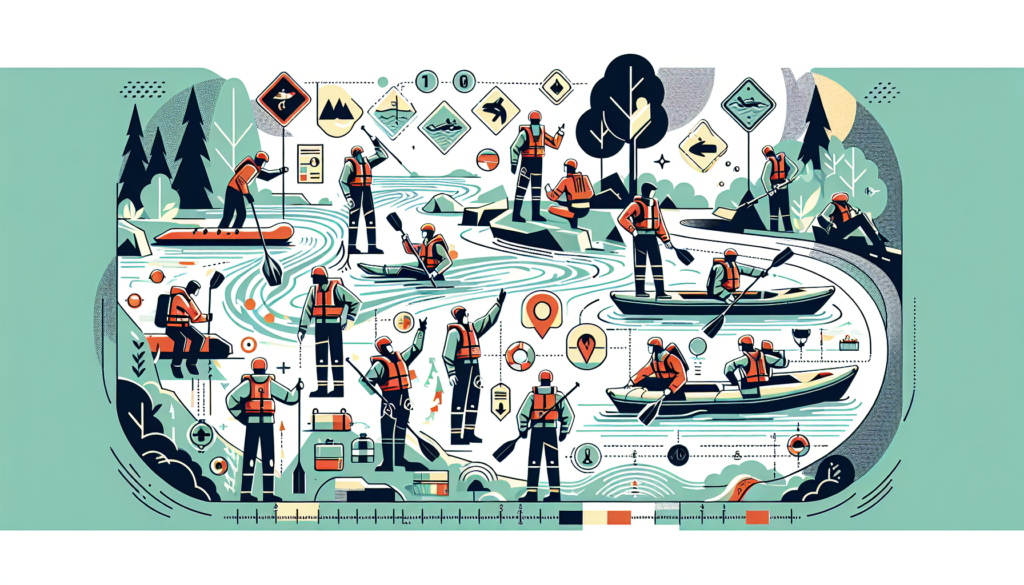
Choosing the Right Equipment
Selecting the Appropriate Watercraft
When engaging in river activities, it is crucial to choose the right watercraft that suits both your skill level and the specific activity you plan to undertake. Factors to consider include the type of watercraft, its stability, maneuverability, and suitability for the river conditions. For example, if you are planning to go whitewater rafting, it is important to select a raft designed for navigating rapids. On the other hand, if you prefer a more relaxed experience, a kayak or canoe might be the better option. Research different types of watercraft and consult with experts or experienced river enthusiasts to ensure you make an informed decision.
Ensuring Proper Fit and Condition of Life Jackets
Life jackets are a vital piece of safety equipment when engaging in any water activity, especially in rivers where currents can be unpredictable. It is important to choose life jackets that fit properly and are in good condition. Ill-fitting life jackets can hinder movement and compromise safety, while damaged ones may not provide adequate buoyancy. Always check for any wear and tear, including broken buckles or torn fabric, and replace any damaged life jackets. Remember, wearing a life jacket can save lives, so make sure every member of your group has one that fits properly.
Using Protective Gear for Extreme River Activities
For those involved in extreme river activities such as whitewater kayaking or riverboarding, additional protective gear is essential. This might include helmets, wetsuits or drysuits, knee and elbow pads, and appropriate footwear. These protective items help to safeguard against potential injuries caused by collisions with rocks or other obstacles in the river. While these activities can be thrilling and exhilarating, it is crucial to prioritize safety by investing in the necessary protective gear.
Understanding the River Conditions
Checking the Water Level and Flow
Before embarking on any river activity, it is important to assess the water level and flow of the river. Different water levels and flow rates can significantly impact the difficulty and safety of the activity. It is advisable to consult local authorities or river organizations for up-to-date information on water levels. Online resources and gauges can also provide useful data. By knowing the water level and flow, you can make informed decisions about whether the conditions are suitable for your planned activity, such as whether the rapids are within your skill level.
Assessing the Rapids and Obstacles
When participating in river activities, it is crucial to assess the rapids and obstacles beforehand. Rapids can vary in intensity and difficulty, and it is essential to have a good understanding of the classification system used to rate them. This will help determine if you have the necessary skills and experience to safely navigate the rapids. Familiarize yourself with common obstacles in the river, such as rocks or fallen trees, and plan your routes accordingly. Being aware of potential hazards will allow you to make informed decisions and reduce the risk of accidents.
Considering Water Temperature and Weather
The water temperature and weather conditions play a crucial role in ensuring your safety during river activities. Cold water can induce hypothermia, which can be life-threatening. It is important to dress appropriately for the water temperature, wearing wetsuits or drysuits when necessary. Additionally, being aware of the weather forecast is essential to avoid unexpected storms or sudden changes in conditions. Keep in mind that strong winds and heavy rain can make river activities more challenging and dangerous. Check the weather forecast beforehand and be prepared to adjust your plans accordingly.
River Activity Planning and Preparation
Researching the River and Its Hazards
Proper planning and preparation are key to a safe and enjoyable river activity experience. Take the time to thoroughly research the river you plan to visit, paying close attention to any potential hazards. This might include identifying dangerous stretches of the river, understanding the wildlife that inhabits the area, and being aware of any history of accidents or specific regulations. Consult reputable guidebooks, online resources, and local authorities for accurate and up-to-date information. By understanding the river and its hazards, you can better prepare and mitigate risks.
Creating an Itinerary and Informing Others
Before heading out on a river activity, it is important to create a detailed itinerary and inform someone reliable about your plans. Share your planned route, estimated time of departure and arrival, and any specific spots you intend to visit or activities you plan to engage in. This information is crucial in case of an emergency or if you fail to return as scheduled. Should anything go wrong, having someone who knows your plans can aid in the search and rescue process. Keep in mind that river conditions can change rapidly, so it is important to update your contact person if there are any significant changes to your itinerary.
Bringing Required Safety Equipment and Supplies
Adequate safety equipment and supplies are essential for a safe river activity experience. Beyond life jackets and protective gear, consider bringing a first aid kit, a whistle or signaling device, a knife, and a throw bag or rescue rope. Other useful items may include a compass or GPS, a map of the area, extra clothing and food, and a repair kit for your watercraft. Additionally, it is crucial to bring enough drinking water to stay hydrated throughout your trip. Be sure to pack these items in waterproof containers to protect them from water damage.
Learning Basic First Aid and CPR
Having basic first aid and CPR knowledge is invaluable when participating in river activities. Accidents can happen even with the utmost preparation and caution, and knowing how to administer first aid and perform CPR can make a significant difference in an emergency situation. Consider taking a certified first aid and CPR course to learn essential skills such as treating injuries, managing shock, and performing proper CPR techniques. Being prepared and equipped with these skills can help save lives in critical situations.
Proper Training and Experience
Taking Lessons or Courses in River Safety
In order to ensure your safety and the safety of others, it is strongly recommended to take lessons or courses in river safety. These courses are designed to teach important skills and knowledge specific to river activities, such as understanding water dynamics, learning rescue techniques, and honing your paddling skills. Reputable organizations and professional instructors offer a range of courses, from beginner to advanced levels. By investing time in proper training, you can enhance your ability to navigate rivers safely and confidently.
Gaining Experience in Calmer Waters First
If you are new to river activities or have limited experience, it is advisable to start in calmer waters before venturing into more challenging environments. Begin with rivers that are suitable for beginners, where the current is gentler and the hazards are minimal. This allows you to gain confidence and practice essential skills such as steering, paddling techniques, and self-rescue. As you become more experienced and comfortable in calmer waters, you can gradually progress to more challenging rivers and activities. Remember, building a strong foundation of experience is crucial for your safety.
Practicing Swim Techniques and Self-Rescue
Swimming skills and self-rescue techniques are vital for anyone engaging in river activities. Accidental falls or capsizing can occur, and being able to swim effectively and safely self-rescue can make a significant difference in survival. Regularly practice swimming techniques, such as different strokes and floating, in a controlled environment. Additionally, practice self-rescue techniques, such as re-entering a capsized kayak or managing a flipped raft. By building proficiency in these skills, you increase the chances of safely navigating potential accidents or emergencies.
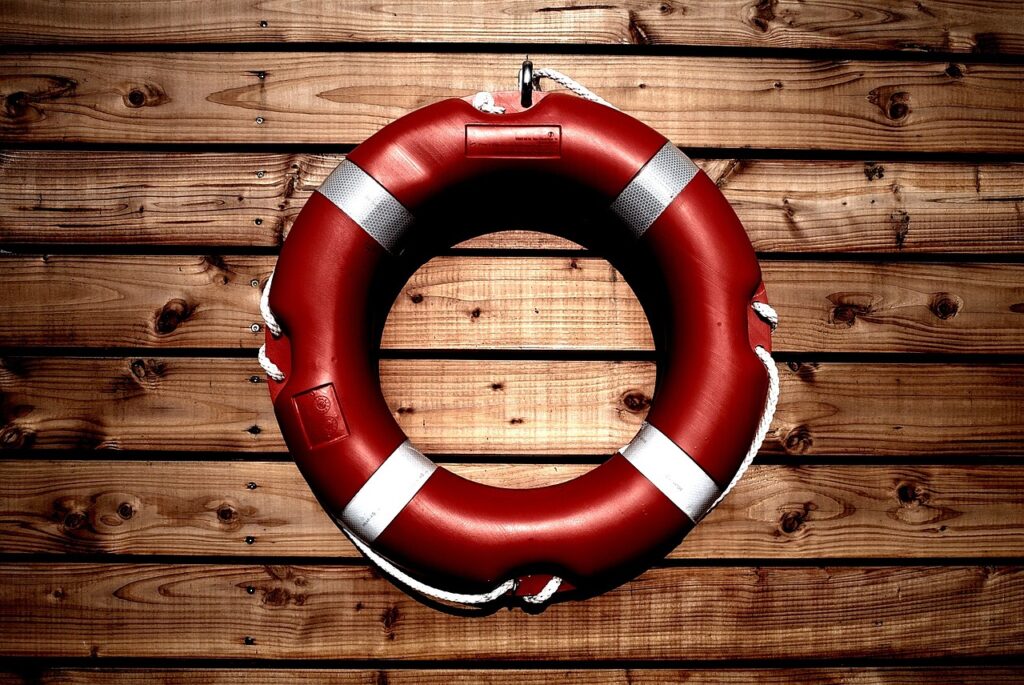
Group Safety and Communication
Establishing Roles and Responsibilities
When participating in river activities as a group, it is important to establish clear roles and responsibilities. Designate a trip leader who is responsible for coordinating the logistics, making decisions, and ensuring everyone’s safety. Assign roles such as primary navigator, safety monitor, and first aid responder. Clearly communicate these roles and ensure everyone understands their responsibilities. This division of tasks helps to ensure that everyone is working together towards a safe and enjoyable experience.
Using Hand Signals and Communication Devices
Effective communication among group members is crucial for maintaining safety during river activities. In many instances, verbal communication may be challenging due to the noise of the river or distance between participants. Therefore, utilizing hand signals is an effective way to communicate important messages such as stop, follow, or danger. Additionally, consider using communication devices such as waterproof radios or whistles to enhance communication capabilities. Make sure everyone in the group understands the signals and has access to the necessary communication devices.
Maintaining Visual Contact within the Group
Maintaining visual contact with other group members is essential during river activities. Rivers can be fast-moving and dynamic, and losing sight of other members can lead to disorientation, accidents, or potential separation. Establish a system to ensure visual contact is maintained, such as using brightly colored clothing or helmets. Additionally, agree on specific actions to take if someone is out of sight, such as stopping and waiting at a designated location. By maintaining visual contact, you can ensure the safety and cohesion of the group.
Assessing and Minimizing Risks
Analyzing Personal Abilities and Limitations
Before engaging in any river activity, it is important to honestly analyze your personal abilities and limitations. This self-assessment is crucial in determining whether you have the necessary skills, experience, and physical fitness to safely navigate the river. Be realistic and conservative in assessing your abilities, as overestimating can lead to dangerous situations. If you are unsure about your capabilities, consider seeking advice from experienced river enthusiasts or professional instructors. Making an informed decision based on your abilities helps minimize unnecessary risks.
Identifying and Avoiding Dangerous Areas
Accidents can often be prevented by identifying and avoiding dangerous areas in the river. These areas typically include strong currents, submerged rocks or trees, and turbulent sections. Observe the river carefully to identify potential hazards, and plan your routes accordingly. Take note of any warning signs or specific advice available from local authorities or experienced river enthusiasts. By avoiding known dangerous areas, you significantly reduce the risk of accidents and ensure a safer river activity experience.
Minimizing Alcohol and Drug Consumption
Engaging in river activities requires a clear state of mind and good judgment. Alcohol and drug consumption impair decision-making abilities, coordination, and reaction times, making accidents more likely to occur. It is strongly advised to avoid consuming alcohol or drugs while participating in river activities. If you plan on drinking or using substances after your activity, ensure you have finished and are safely out of the water. Prioritizing sobriety and staying alert allows you to fully focus on maintaining your safety and the safety of others.
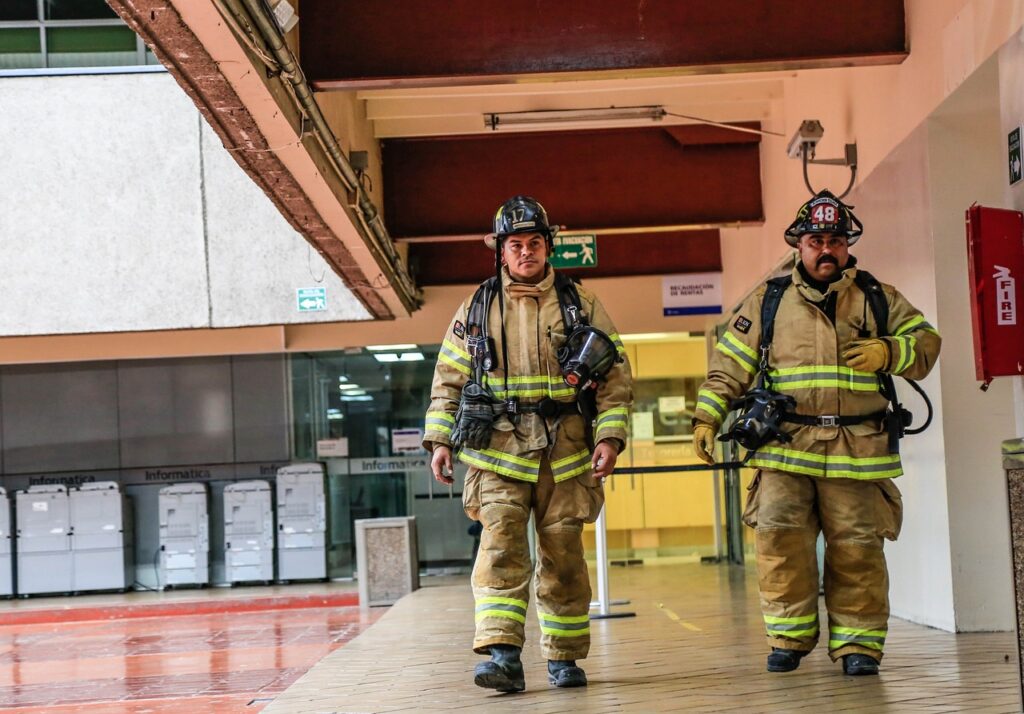
Operating Watercraft Safely
Adhering to Navigation Rules and Laws
When operating any watercraft on the river, it is essential to adhere to navigation rules and laws. These rules are put in place to promote safety and maintain order in shared waterways. Familiarize yourself with the specific regulations and requirements of the area you are exploring. This might include speed limits, right of way rules, and restrictions on specific activities. Always respect other individuals and their right to enjoy the river. By adhering to navigation rules and laws, you contribute to a safe and harmonious river experience for everyone.
Avoiding Excessive Speed and Reckless Maneuvers
Operating watercraft at excessive speeds or engaging in reckless maneuvers significantly increases the risk of accidents. The river environment can be unpredictable, and excessive speed can make it difficult to react to obstacles or changes in conditions. Additionally, reckless maneuvers such as sudden turns or aggressive paddling can destabilize the watercraft and lead to capsizing. Practice safe and controlled operation of your watercraft, being mindful of your speed and maneuvers. By avoiding excessive speed and reckless maneuvers, you decrease the likelihood of accidents and promote overall safety.
Being Mindful of Others on the River
Shared waterways are often frequented by various individuals engaging in different activities. When on the river, it is important to be mindful of others and share the space responsibly. Treat fellow river enthusiasts with respect and courtesy, allowing for a pleasant and safe experience for everyone. Be aware of other watercraft and individuals in the vicinity, maintaining a safe distance and avoiding collisions. By being mindful of others on the river, you contribute to a positive and cooperative environment.
Dealing with River Emergencies
Reacting to Capsizing or Falling Overboard
Capsizing or falling overboard can be a disorienting and potentially dangerous experience. Remaining calm is essential. Assess the situation and try to stay with your watercraft if possible, as it provides flotation and visibility. If unable to stay with your watercraft, prioritize swimming to a safe location or to the riverbank. If you are part of a group, make sure to communicate and assist each other in safely reuniting. Remember to follow proper self-rescue techniques and always wear your life jacket. Practice these scenarios in a controlled environment to build confidence and improve your ability to react effectively.
Performing Self-Rescue Techniques
In river activities, self-rescue techniques are crucial for maintaining personal safety. These techniques include re-entering a capsized kayak, climbing back on a stand-up paddleboard, or righting a flipped raft. Familiarize yourself with the appropriate self-rescue techniques for the specific watercraft you are using. Practice these techniques in calm waters to build confidence and muscle memory. By mastering self-rescue techniques, you increase your ability to handle unexpected situations and minimize potential risks.
Assisting Others in Distress
Being prepared to assist others in distress is an important aspect of river safety. If you witness someone in trouble, prioritize your own safety first. Before attempting a rescue, assess the situation and consider your own capabilities. If you are confident in your abilities, use the appropriate techniques to assist the person in distress, such as reaching them with a paddle or extending a rescue rope. If you are unable to directly assist, try to attract attention and call for professional help. Remember, helping others can be challenging in a fast-moving river, so ensure your own safety remains the top priority.
Knowing How to Request Professional Help
In some emergency situations, professional assistance may be required. It is important to know how to request help effectively and communicate your location. Store emergency contact numbers in your waterproof phone case or memorize them. Carry a whistle or signaling device to attract attention if needed. If you are on a guided tour or renting equipment, familiarize yourself with their emergency protocols. Being able to communicate your situation clearly and provide accurate information to emergency responders can significantly expedite the rescue process and ensure the appropriate help is provided.

Understanding River Wildlife
Identifying and Avoiding Dangerous Animals
Rivers are often home to a variety of wildlife, including potentially dangerous animals. It is important to learn to identify the local wildlife and be aware of any species that may pose a threat. This might include animals such as alligators, snakes, or territorial swans. Educate yourself on the behavior and habitats of these animals, and take precautions to avoid encounters. Keep a safe distance, respect their habitat, and avoid feeding or provoking any wildlife. By understanding and avoiding dangerous animals, you can minimize the risk of negative encounters and promote the preservation of the river ecosystem.
Respecting and Protecting River Ecosystems
While enjoying river activities, it is crucial to respect and protect the river ecosystems. Avoid littering or leaving any trace of your presence, as this can harm the environment and negatively impact wildlife. Follow any specific regulations or guidelines regarding waste disposal or camping practices. If you encounter any sensitive areas or protected species, maintain a respectful distance and do not disturb them. By practicing responsible behavior, you contribute to the preservation of the river ecosystems for future generations to enjoy.
Considering Legal and Safety Regulations
Checking for Licensing and Permit Requirements
Before engaging in river activities, it is important to be aware of any licensing or permit requirements in your chosen area. Some rivers may require specific licenses for activities such as fishing or operating certain watercraft. Additionally, certain access points or parks may require permits or passes. Research and familiarize yourself with the specific regulations and obtain the necessary licenses or permits. Adhering to these requirements not only ensures compliance with the law but also helps promote responsible and sustainable river activity practices.
Understanding Local Laws and Regulations
In addition to licensing and permit requirements, it is crucial to understand the local laws and regulations governing river activities. These laws may include restrictions on watercraft size, speed limits, or specific use zones. Familiarize yourself with these regulations and ensure full compliance when participating in river activities. Local authorities or river organizations can provide information regarding these laws. By understanding and respecting the local laws and regulations, you contribute to a safe and harmonious river environment.
In conclusion, engaging in river activities can be a thrilling and rewarding experience, but it also requires careful planning, preparation, and adherence to safety measures. By choosing the right equipment, understanding the river conditions, engaging in proper training and experience, promoting group safety and effective communication, assessing and minimizing risks, operating watercraft safely, knowing how to deal with emergencies, understanding river wildlife, and considering legal and safety regulations, you can enhance your safety and that of others while enjoying the wonders of rivers. Remember, prioritizing safety ensures a memorable and enjoyable river adventure.
